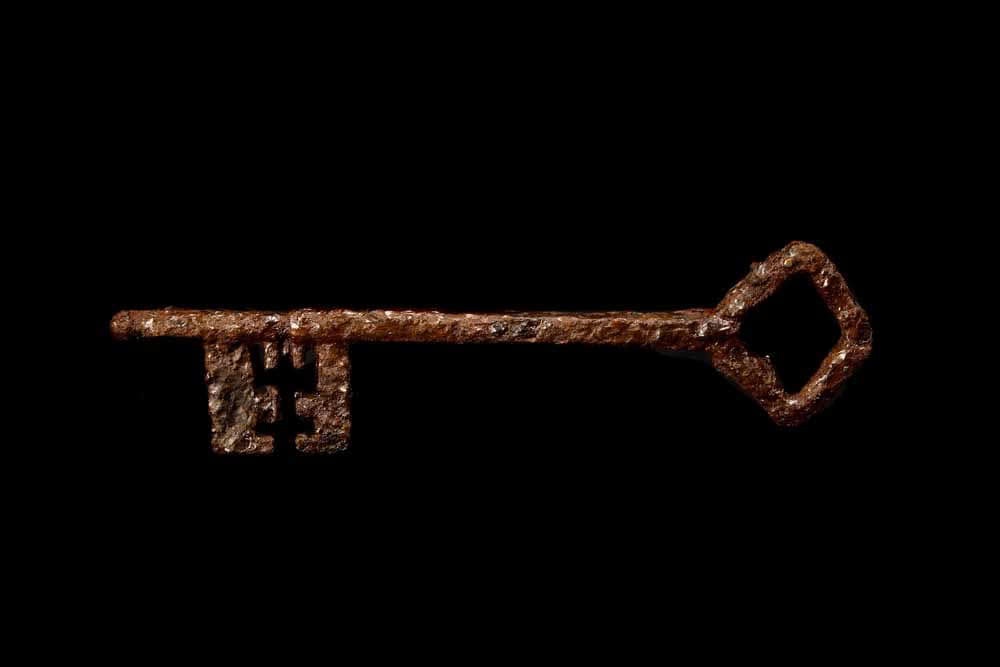A Journey Through Time on Posa Hill
The Hidden Gem of Zeitz

In the heart of Germany, near the town of Zeitz, lies a hill steeped in history. Known as Posaer Berg, or Posa Hill, this unassuming elevation has become the focal point of archaeological excitement since 2017. Year after year, excavations have peeled back layers of time, revealing a saga that spans over a millennium.
From Castle to Monastery: The Evolution of Posa
The story of Posa begins long before the monastery that would make it famous. Evidence suggests that as early as the 9th and 10th centuries, a castle of considerable importance stood atop this hill. This fortress wasn’t just a military outpost; it may have housed the area’s first church, possibly dating back to the 10th century.
In 1114, the hill’s destiny took a monastic turn. A Benedictine monastery was founded on this prominent spur overlooking the Elsteraue, setting the stage for centuries of spiritual and architectural development.
Unveiling the Cloister: A Window to the Past
The 2023 Excavation: A Breakthrough Year

Since March 2023, archaeologists have focused their efforts on the area south of the church, where the monastery’s cloister once stood. This excavation, led by the State Office for Heritage Management and Archaeology Saxony-Anhalt (LDA) and supported by the newly founded ‘Association for the Promotion of Archeology and Historical Research Zeitz e.V.’, has yielded extraordinary results.
Unexpected Preservation
Despite the monastery’s demolition in the 17th century to provide building materials for Zeitz’s Moritzburg Castle, parts of the cloister have survived in remarkably good condition. The north facade of the cloister still stands about 70 centimeters high over a length of about 10 meters, complete with impressive buttresses and remnants of interior plaster.
A Floor of Red ‘Marble’
One of the most striking discoveries is the nearly complete floor of the southern cloister wing. The upper layer, composed of high-quality red brick chippings, was likely designed to mimic the appearance of luxurious red marble, hinting at the monastery’s former grandeur.
The Keystone: A Masterpiece Unveiled
An Architectural Gem

Among the rubble and ruins, archaeologists uncovered a true treasure: a perfectly intact ornate keystone from the cloister’s vault. This architectural element, adorned with vine leaves and grapes, not only showcases the skill of medieval craftsmen but also pays homage to the region’s long history of viticulture.
Dating the Cloister
The keystone and other architectural elements have allowed researchers to date the southern wing of the cloister to the end of the first third of the 14th century. This Gothic cloister replaced an earlier Romanesque structure, mirroring a similar modernization of the monastery church during the same period.
Looking Deeper: The Quest Continues
Unraveling Earlier Chapters

As exciting as these Gothic-era discoveries are, archaeologists are eager to delve even further into the past. Future excavations will focus on uncovering traces of the older church believed to lie beneath the Gothic and Romanesque layers. This early sacred building, possibly dating to the 10th century, may hold the key to understanding the site’s transition from a fortified settlement to a place of worship.
The Oldest Settlement
Perhaps most intriguing are the findings from the 9th century—the oldest evidence of human activity on Posa Hill. These artifacts are closely tied to the large ramparts encircling the mountain, hinting at a complex and strategically important settlement predating the monastery by centuries.
As the excavation at Posa continues throughout the year, each shovelful of earth brings us closer to understanding this remarkable site’s place in medieval German history. From a hilltop fortress to a thriving monastery, and now an archaeological treasure trove, Posa Hill continues to reveal its secrets, one layer at a time.

